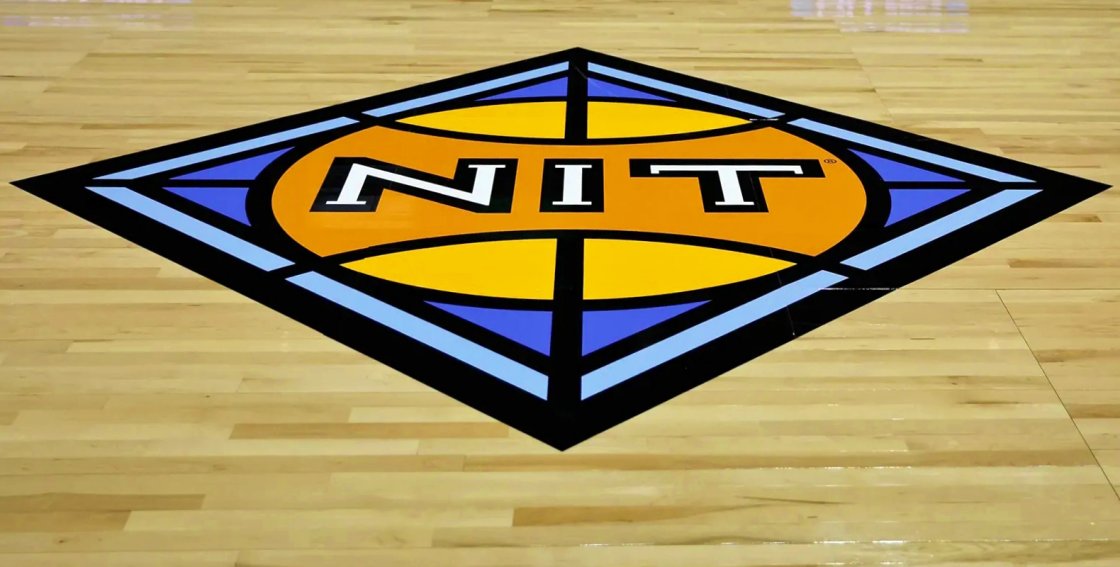In college hoops, the NIT didn’t always take a backseat

The 1965 National Invitation Tournament (NIT) was not the first edition of college basketball’s preeminent festival I remember watching on television.
However, I do remember when St. John’s won the tournament over Villanova, sending its hall of fame coach Joe Lapchick into retirement with his fourth NIT title as coach of the Red Storm. It was televised live Saturday afternoon on WDSU.
Later that night, John Wooden and his UCLA Bruins made it back-to-back NCAA Championships (he would eventually win a total of 10) with a victory over Michigan.
I saw the final minutes of that one because it aired the following morning, tape delayed at 11 a.m. Sunday morning. My viewing was limited to the final minutes because when you are a 13-year-old you don’t decide when or if you go to church.
It’s an indication of how times have changed. The roles have been reversed for years. The NCAA is the event college basketball fans care about while the NIT has made significant changes through the years to merely survive.
The fact that this year six big-time schools said “no” to the tourney founded in 1938 says volumes.
After being left out of the NCAA field of 68 last Sunday, Oklahoma, Ole Miss, Indiana, Memphis, Pitt and St. John’s decided they would prefer to end their seasons rather than play in what some regard as a “losers” tournament. Other major schools like LSU did embrace the chance to continue their seasons in the 32-team event.
Let’s Get Down to the 𝗡𝗜𝗧ty-Gritty
The Tigers will face North Texas in the first round of the NIT! pic.twitter.com/v39cyrnGHw
— LSU Basketball (@LSUBasketball) March 18, 2024
Tim Duncan of the University of New Orleans currently serves as Chairman of the NIT Selection Committee. He says the opt outs are not the first and they won’t be the last. He also contends the future remains bright for the NIT.
“We have 16 mid-majors and 16 power schools so it’s the deepest and best field we’ve ever had,” Duncan said. “It’s just like college football where student-athletes exercise their right to not participate in bowl games, it’s the same thing. You have athletes and coaches who don’t want to play for whatever reasons, but we keep going on.”
Few people know that since 2005, the NIT has been an NCAA-sponsored event. The NCAA purchased the rights to the NIT for over $50 million.
Thirty-five years before that purchase, the NCAA forbade member institutions to play in any other post season tournament besides the NCAA Tournament. That edict was issued in 1970 after Marquette head coach Al McGuire turned down a NCAA bid and opted for the NIT instead. The Warriors, led by All-American Dean Meminger, won the NIT.
As recently as 1974, the NCAA field had only 25 teams. The governing body gradually expanded their field to today’s 68-team competition.
Viewing it as an anti-trust violation, the NIT filed a lawsuit, and the NCAA settled by purchasing the New York-based tournament.
The expanded NCAA field in the mid-1970’s was welcomed by some member institutions who fielded great teams capable of winning the national championship but did not qualify for the post season because only one team from each conference received a tournament bid.
If that was the case today, teams like North Carolina, Houston and Purdue, three of four number one seeds in the field of 68, would be NIT-bound or watching on television with the rest of us because they did not win their conference’s tournament and the automatic bid to the NCAA Tournament that comes with it.
Duncan, whose day job is Vice President of Athletics and Recreation at UNO, notes the numbers are an indication of the viability of the National Invitation Tournament. There are 100 postseason slots for 362 teams.
“There are hundreds of teams who would die and crave to be in the NIT or NCAA. I’ve had calls from coaches and AD’s trying to figure out what they can do next year to hopefully make the NIT,” said Duncan. “They have been great calls and show the interest people have in the ‘first’ tournament.”
The NIT got its start in 1938, making it one year older than the NCAA. It was truly a New York event. Every game of the tournament was played at Madison Square Garden.
Last year, the semi-finals and finals were held in Las Vegas. This year once the field of 32 is whittled down to the final four, they’ll fight it out at historic Hinkle Fieldhouse on the campus of Butler University in Indianapolis.
At its inception, the NIT was administered by several New York City colleges, most notably St. John’s, the all-time leader in NIT championships won with six titles. It’s ironic that Rick Pitino, a New York native and the current coach of the Red Storm, told the NIT ‘thanks but no thanks’.
Times have indeed changed.
I wonder what the great Joe Lapchick would say.
- < PREV Tulane blanks Saint Louis in rare Monday evening matchup
- NEXT > Softball: Hahnville, Lakeshore, Karr, St. Martin’s among softball winners Monday






